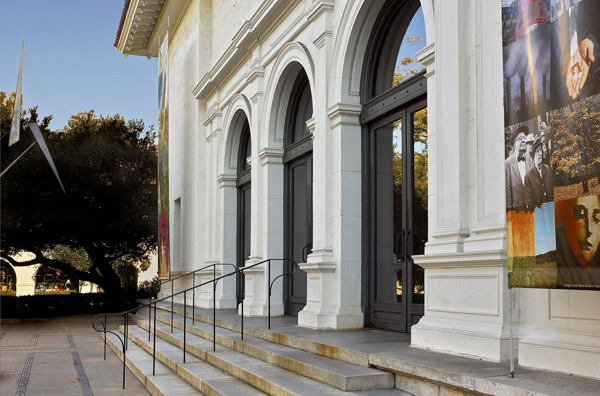Self-Portrait in the Studio
Self-Portrait in the Studio
- portraits
- self-portraits
- men
- 19th century American
At first glance, it would seem that Luis Mora fulfilled the quintessential American dream. The son of a Catalan sculptor, Mora emigrated with his family at the age of six, settling in Perth Amboy, New Jersey. His first teacher was his father, but he would eventually study with Edmund Tarbell and Frank Weston Benson at the School of the Museum of Fine Arts in Boston. While on one of his numerous visits to his family’s native Spain, he ran into William Merritt Chase while at the Prado. Their love of the art of Velázquez conjoined them, and Chase would become both mentor and supporter to the younger artist.
The first half of Mora’s career, both as a popular instructor at various New York art schools and an artist who exhibited regularly alongside Chase, as well as his competitor Robert Henri, can only be described as highly successful. He achieved fame and fortune enough to have a studio in New York, as well as to build a country house in Connecticut. Stylistically and technically fluent, Mora’s earliest figural work shows his mastery of European realism, while his later adaptation of an Impressionist palette, combined with the suave brushwork he so admired in the work of Velázquez, El Greco, and Goya, lent his paintings a distinctive Spanishness. A sought-after illustrator, accomplished portraitist, and regular exhibitor at the National Academy of Design, where he was its first Hispanic member, Mora should by all rights be as critically acclaimed as his contemporaries, the aforementioned Chase and Henri. Indeed, both of these artists exhibited with Mora and he traveled in much the same artistic and social circles.
However, as fate would have it, the latter part of Mora’s career coincided not only with the Great Depression, but with the shift in the art world towards modernism. The Armory show opened in New York on February 17, 1913 and debuted Marcel Duchamp’s cubo-futurist Nude Descending a Staircase. Although Mora recognized this sea change in taste, he could not abandon his own technical formation and continued to select subjects that synthesized traditional Spanish themes, Impressionist brushwork, and his own sensitivity to the human condition. Although Mora still attracted commissions for public decorations, society portraits, and illustration work, stylistically, his art fell out of fashion. He struggled to retain his previously comfortable lifestyle in the last decade, and died in relative obscurity at the age of sixty-four. Only in recent years has scholarship begun to reconstruct his career and recognize his accomplishments as one of the most talented and productive artists of his generation.
In this portrait, done when the artist was twenty-three years old, we already see his stylistic fluency. While he presents his own likeness with the solidity and assured brushwork of a European-trained realist, the backdrop of his studio is sketched with the loose, diffuse focus of an Impressionist. Mora presents himself in a suit, bow tie, and artist’s beret, while smiling mildly at us, a lit cigarette (as always) dangling from his right hand. Already happily married and enjoying the critical attention of a steady flow of exhibitions, he exudes the confident self-possession of an artist who sees a bright career ahead.














